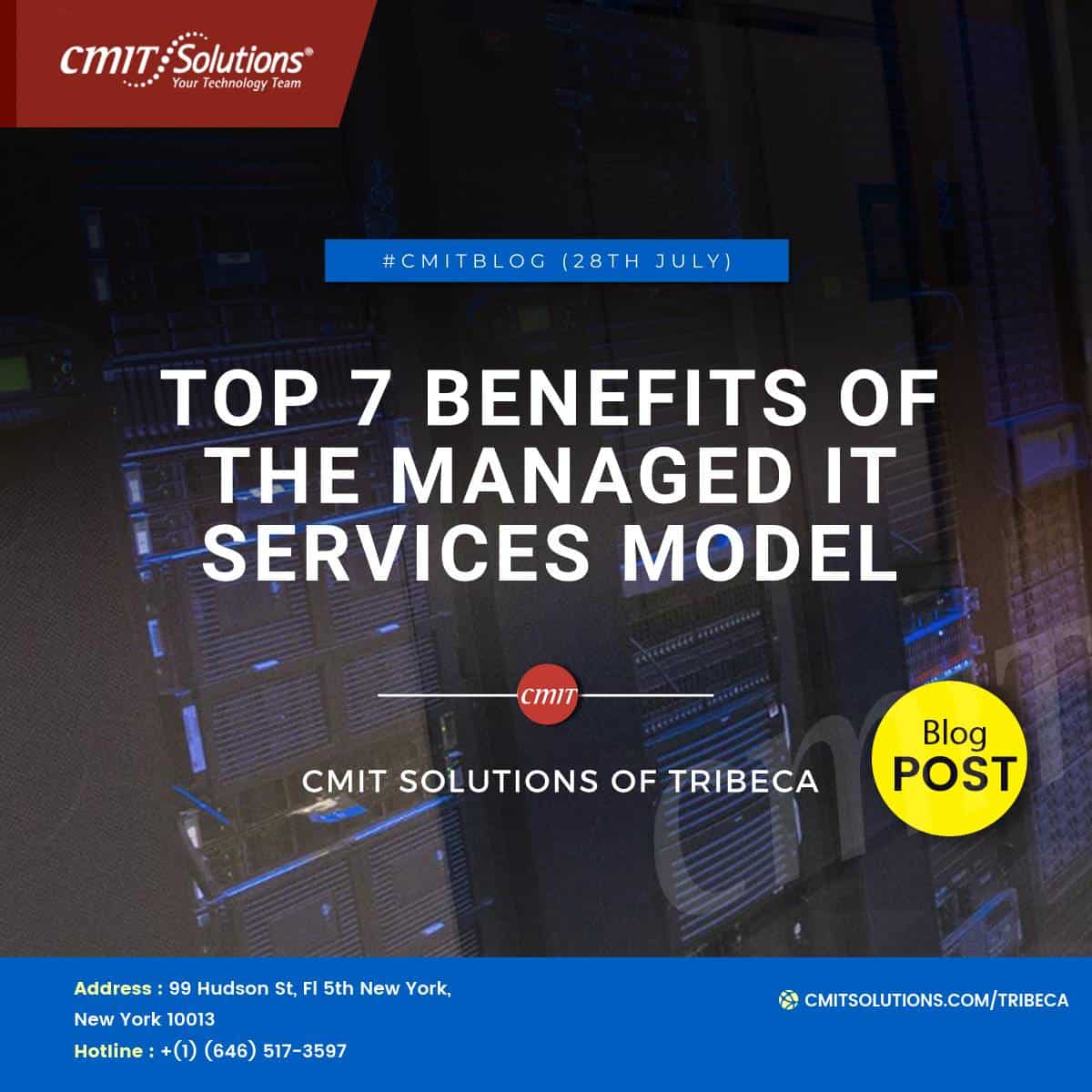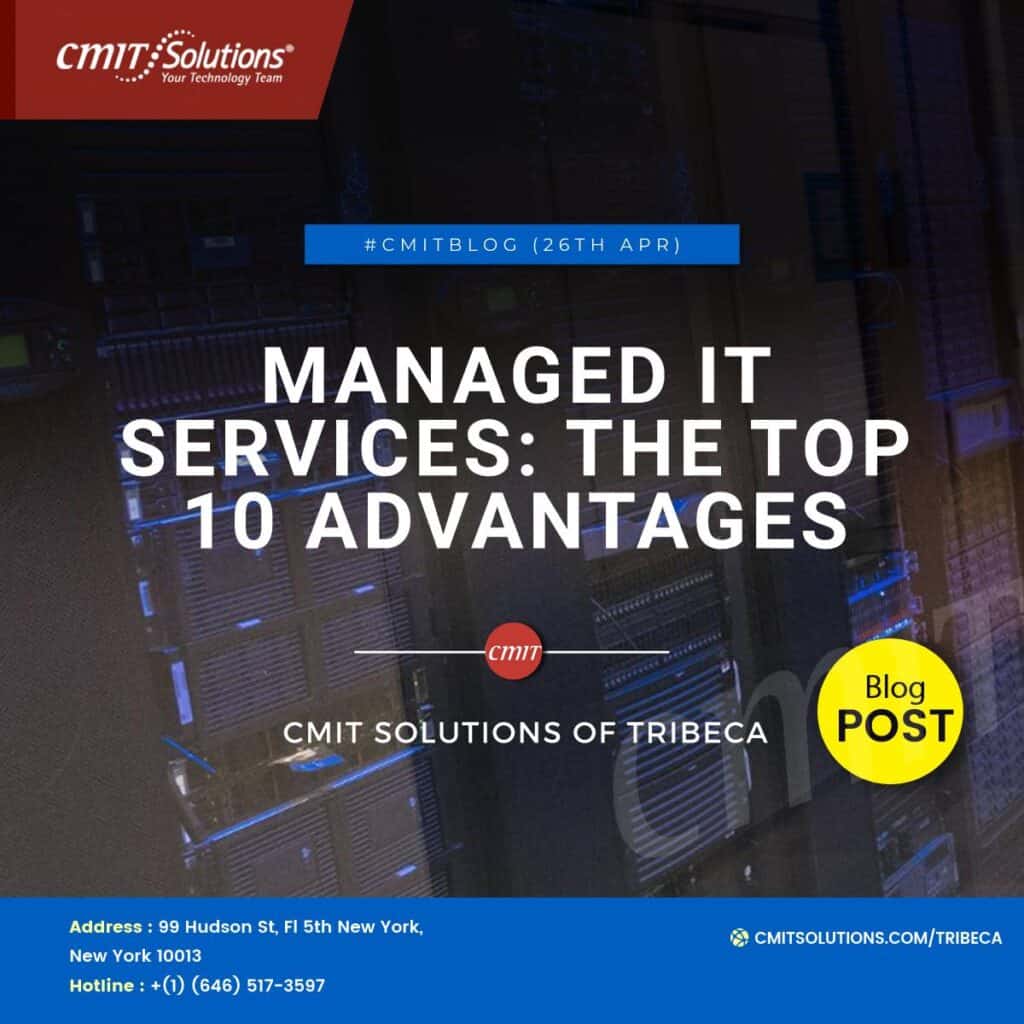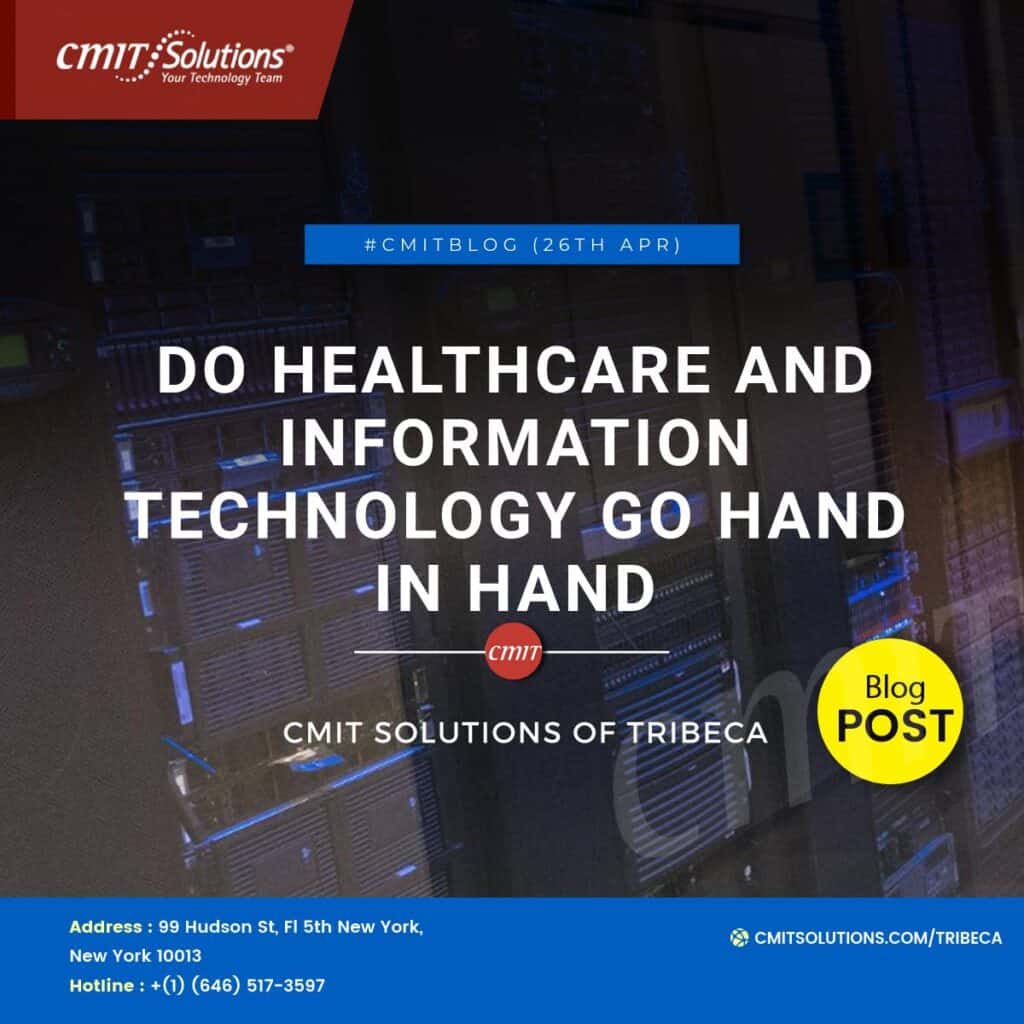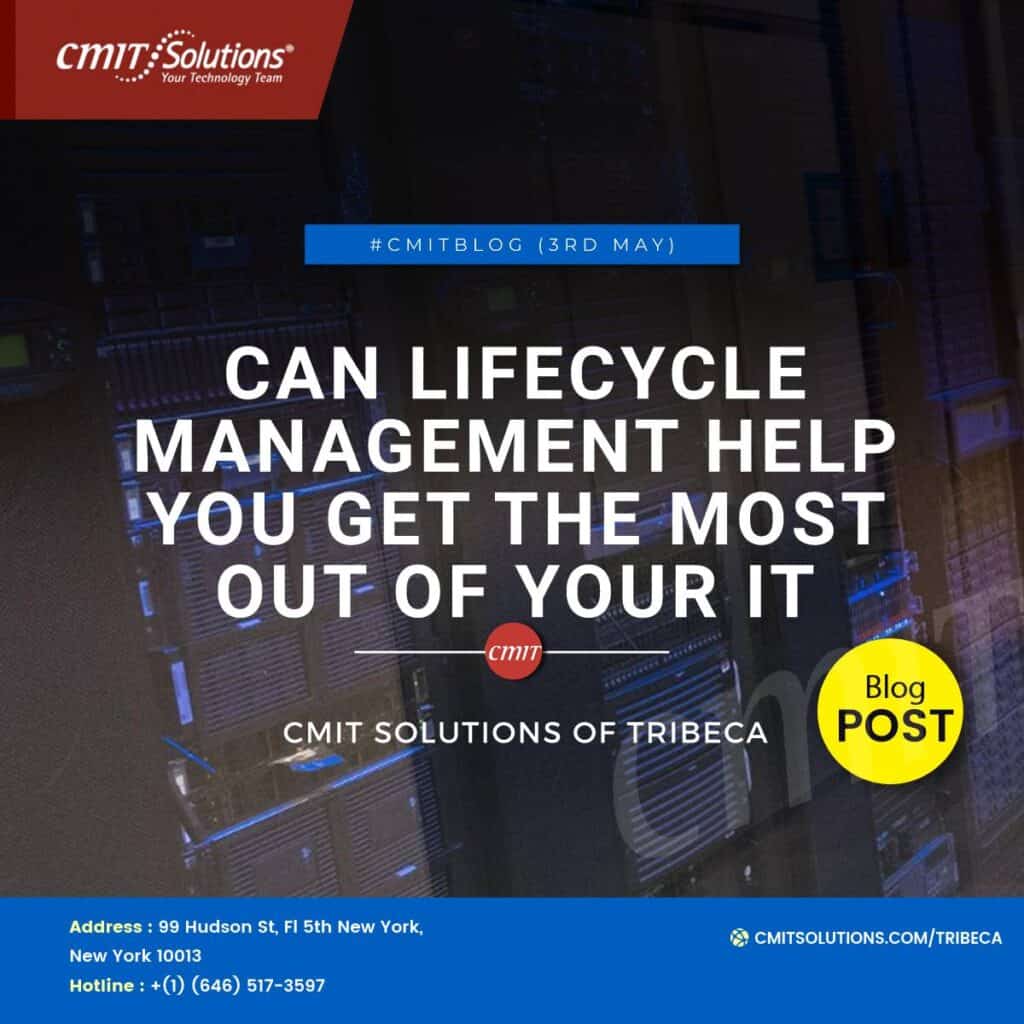Legacy methods of IT support required that a technical consultant/engineer go onsite and fix their problems. RMM tool have allowed service providers to evolve from the onsite time and material engagement models to the managed services providers who rely heavily on RMM tool to do preventive maintenance. The reactive work is done by a service desk that alerts customers of issues, rather than waiting for customers to contact the service provider.
1. Valuable Conversations
This process has shifted from performing basic maintenance and repairs to planning out future strategies. Executives have the opportunity to work with a service provider’s strategic consultants to identify which services will outperform their competitors. It is important for every business to digitally transform, and find better ways of servicing their clientele in the coming years, since disruption in all industries is happening at a fast pace.
2. Fixed Fee Model
Managed services are a time and budget-friendly solution for customers. This model is set up so that the responsibility of running the software belongs to the service provider, who has a good incentive to make sure everything works well while they’re at it. With CMIT managed services, we proactively monitor, train and protect endpoints in order to avoid problems whenever they might appear. Because if you aren’t experiencing unexpected technical issues, then you are happy; and if we’re not expending resources to repair unforeseen technical problems, our relationship with you can be profitable.
3. Automation
As mentioned earlier, RMM tool utilize automation to minimize the need for a person’s physical presence. They are able to alert system health and utilization, manage anti-virus/anti-malware, and automating software deployments, amongst many others. It is still necessary for manual intervention if any issues arise outside of the virtual realm; however, it has been found that most problems are resolved remotely.
4. Inventory Management
Gone are the days of manual inventory management. Now, if a device is online, a service provider can identify and report on it using a combination of digital tools. This simplifies software license tracking, warranty renewals, asset allocation, and hardware lifecycle management. In turn, this simplifies the budgeting and auditing routines most businesses go through.
5. Proactive Repair and Scripting
The RMM software is ineffective if you don’t have a competent admin team. The best service providers have well-trained and experienced employees who can create proactive and reactive scripts or procedures to maintain systems without impacting the user. For example, in printing problems, the user may be charged with calling the service desk to fix it. But with an proactive RMM tool, the software can automatically detect the problem and run custom scripts to fix it.
6. Reduced Staff Management
Previously, tech companies either supplemented or replaced their customer’s IT staff. They must either manage the internal staff or task list given to the onsite technician coming in. Now, with managed services, you can outsource without needing onsite support or management for such in-house staff (e.g. salary + benefits, paid time off). Your customer contact will work with the service provider’s account management team to discuss success of the engagement and accomplish items on a technical roadmap.
7. Timelier Resolution
In the legacy support model, a technician had to physically come onsite. However, with the managed service model, customers can have unlimited access to a service desk. It is also fixed rate, so you don’t have to worry about being billed extra if they need support outside of scheduled visits. Fixed fees also mean that providers have more customers which means more resources and deep pools of expertise in one location at any time.
Managed services support can be beneficial to the road warrior technical consultant, their family, and their car. CMIT has career pathing strategies that allow technical consultants to rise in the company while simultaneously remaining dedicated to customers.
When you upgrade to the new MSP model, it can be a big change, especially for those with established relationships with their technician. We have our technicians come in less frequently because that doesn’t mean we can’t invite them to lunch.







